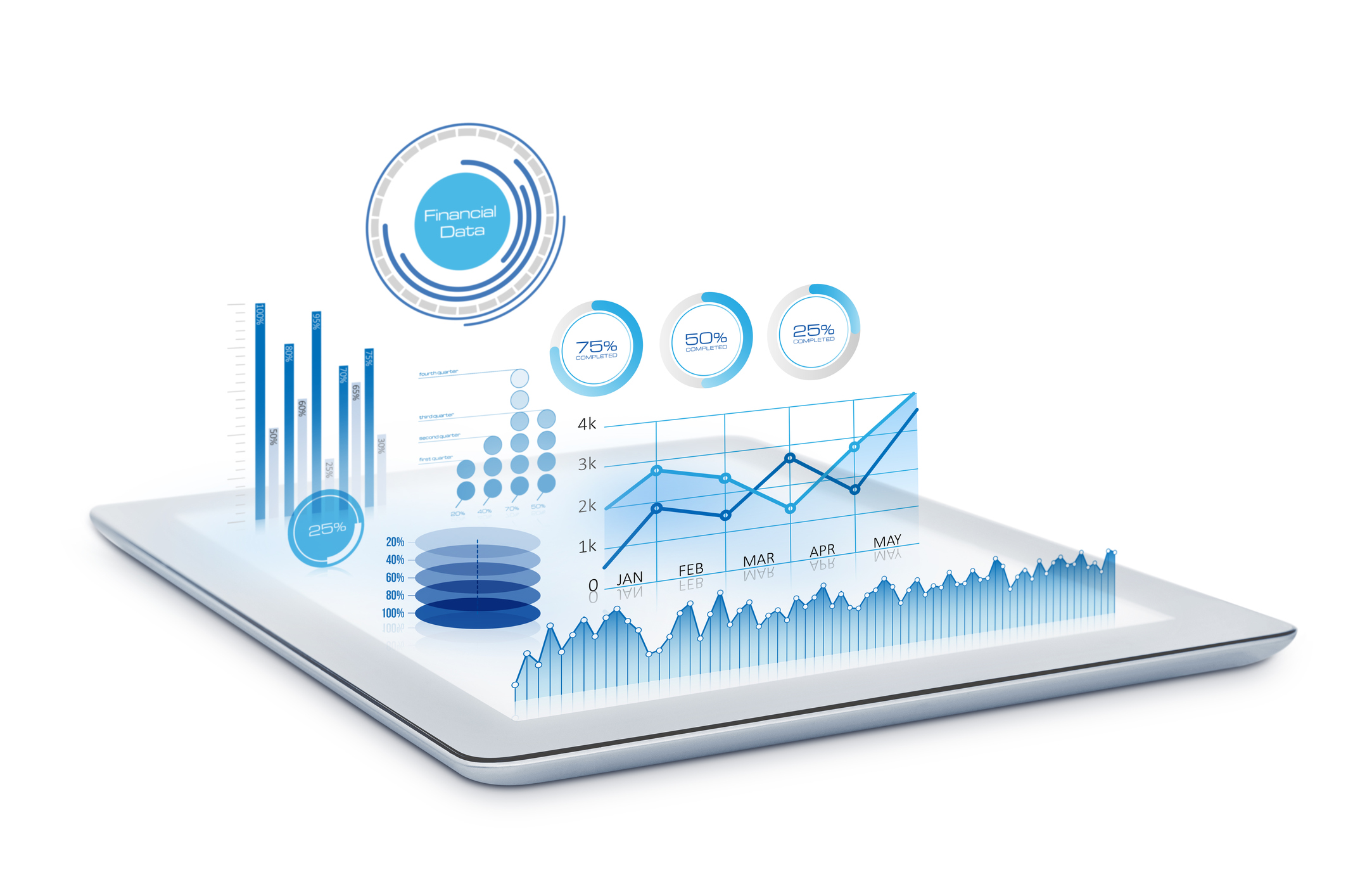
Integrated Reporting: The New Norm
Amy Hou | September 27, 2017 | Energy & Sustainability
Integrated reporting has potential to become the primary method companies around the world use to report their performance. Since financial reporting tells only a part of the story of any organization, integrated reporting aims to put fiscal performance in the context of material, social, and environmental issues – in other words, the business in its true reality. In doing so, integrated reporting allows stakeholders to make a more informed assessment of the organization’s ability to create future value.
When the International Integrated Reporting Council’s (IIRC) framework premiered in 2011, the 85 piloting companies, including Coca-Cola, Unilever, Volvo, Hyundai, Marks & Spencer, and Microsoft, led the movement toward a more holistic reporting method. The pilot framework incorporates corporate governance, sustainability, and human capital into a financial report.
A survey of 43 participating companies suggested that integrated reporting could generate significant improvement in how companies operate and plan for the future. 98 percent of respondents believed that integrated reporting would increase understanding of how their company creates value over time, and 93 percent agreed that it improved working processes across teams and functions.
However, although companies indicate general support for and acceptance of integrated reporting, it has yet to be widely adopted.
One major factor holding businesses back from implementing integrated reporting is a lack of effectively managed data. Aggregated, standardized consumption and waste data can be scrutinized with a similar level of detail as data for financial reporting, making it easier for companies to embrace financial and sustainability reporting as a holistic process. Access to granular, timely utility data can also help companies see how sustainability initiatives impact their financial performance, both directly and indirectly. As the age-old saying goes, you can’t manage what you can’t measure.
Contact an Urjanet specialist to learn how you can start managing your utility data more effectively.
Still, integrated reporting is slowly making its way into the mainstream. Clorox just released its 2017 integrated annual report, following Global Reporting Initiative guidelines. “This report shows how our stakeholders serve as the inspiration for long-term value creation, whether that’s through innovation, addressing local and global needs, or fostering a more inclusive work environment,” said Chairman and CEO Benno Dorer.
Heineken has taken a unique approach to integrated reporting. Rather than producing one integrated report, the company published its 2017 sustainability report alongside its annual financial report. The two reports taken together show that Heineken grew in business volume by 52 percent while reducing absolute carbon emissions by five percent, effectively supporting the company’s stated belief that business growth and sustainability go hand in hand.
Whether companies choose to produce sustainability reports in tandem with financial reports or to publish one integrated report, they stand to gain a substantial amount of credibility with their stakeholders, providing traction for future investments and initiatives. As integrated reporting quickly becomes the norm for the corporate sustainability industry, it will serve as an increasingly useful tool in helping companies create value for the future.
Urjanet’s Utility Data Platform helps organizations of all sizes leverage their utility data to power sustainability programs. To learn more, check out our Webinar: 5 Ways to Ensure Data Quality for Sustainability Reporting – or contact us today.
Related Resources:
- Webinar: 5 Ways to Ensure Data Quality for Sustainability Reporting
- eCredable Redefines Credit Reporting with Utility & Telecom Payment Data
- Solutions Sheet: Utility Data for Sustainability
If you like what you’re reading, why not subscribe?
About Amy Hou
Amy Hou is a Marketing Manager at Urjanet, overseeing content and communications. She enjoys writing about the latest industry updates in sustainability, energy efficiency, and data innovation.
You May Also Like
Support Business Continuity by Embracing ESG
Honor Donnie | March 18, 2022 | Energy & Sustainability
